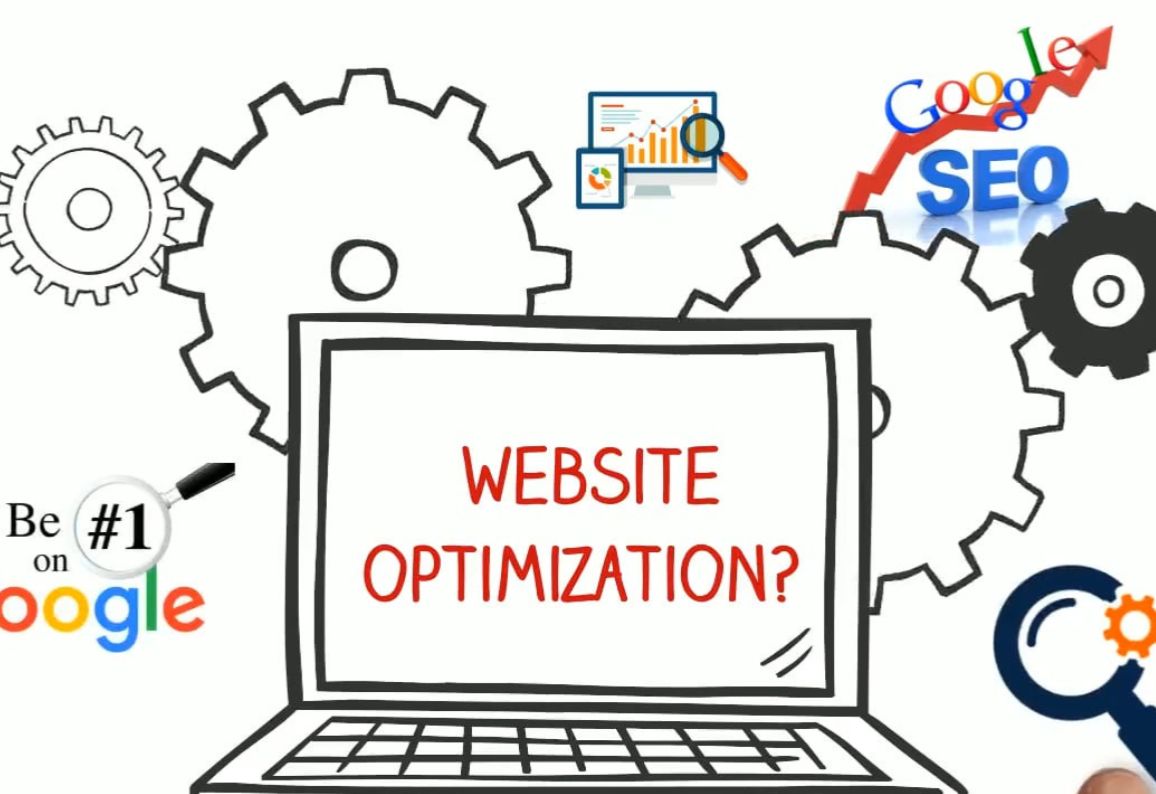Website optimization involves enhancing a website's functionality, usability, and search engine performance. It includes technical adjustments, content improvements, and design enhancements to achieve specific business goals. Whether it’s improving page load speed or refining mobile user experience, optimization ensures a website performs at its best.
The Role of Website Optimization in the Digital World Today
In a world where digital presence defines business success, website optimization is no longer optional—it’s essential. A well-optimized website ensures higher visibility in search engine results and provides an outstanding user experience. For businesses aiming to establish authority, generate leads, and maximize ROI, implementing website optimization strategies is critical.
What is Website Optimization?
Website optimization involves enhancing a website's functionality, usability, and search engine performance. It includes technical adjustments, content improvements, and design enhancements to achieve specific business goals. Whether it’s improving page load speed or refining mobile user experience, optimization ensures a website performs at its best.
Why is Website Optimization Important?
1. Enhances User Experience (UX)
A well-optimized website retains visitors, reduces bounce rates, and ensures a positive user experience through:
- Fast-loading pages to minimize user frustration.
- Easy navigation with intuitive menus and clear call-to-action (CTA) buttons.
- Responsive designs that work seamlessly across devices, especially mobile.
A positive user experience leads to higher engagement, increased time spent on-site, and improved conversion rates.
2. Improves Search Engine Rankings
Search engines like Google prioritize websites that are user-friendly and fast. Through optimization:
- Websites can rank higher on search engine results pages (SERPs).
- Strategies like keyword optimization, meta tag adjustments, and quality backlinks enhance search visibility.
Higher rankings lead to more organic traffic, essential for sustained growth.
3. Boosts Website Speed
Page load speed is a critical aspect of website optimization. Studies show:
- A one-second delay in page load time can reduce conversions by up to 7%.
- Fast-loading pages improve customer satisfaction, especially for mobile users.
Techniques like optimized images, streamlined code, and effective caching help achieve faster load times.
4. Increases Conversion Rates
Optimized websites guide visitors toward desired actions, such as:
- Signing up for newsletters.
- Making purchases.
- Filling out contact forms.
Relevant, persuasive content presented at the right time and place boosts conversions, directly contributing to revenue growth.
5. Supports Mobile Optimization
With mobile devices accounting for over half of global web traffic, mobile optimization is crucial. A mobile-friendly website:
- Allows users to access content effortlessly on the go.
- Prevents penalties from search engines like Google, which prioritize mobile-first indexing.
6. Builds Brand Credibility
A professional, functional website enhances brand credibility and reliability. This fosters:
- Greater customer trust.
- Increased retention and positive word-of-mouth.Key Components of Website Optimization
1. Search Engine Optimization (SEO)
SEO is the backbone of website optimization and includes:
- On-page SEO: Optimizing individual pages with targeted keywords, meta descriptions, and content.
- Off-page SEO: Building backlinks to enhance website authority.
- Technical SEO: Ensuring the website is crawlable and indexable by search engines.
2. Content Optimization
Content is king. Effective content optimization involves:
- Creating high-quality, relevant content that meets user intent.
- Structuring content with headings, bullet points, and multimedia to increase engagement.
3. Speed Optimization
Improving speed involves:
- Compressing images into modern formats like WebP.
- Reducing HTTP requests by bundling CSS and JavaScript files.
- Utilizing a Content Delivery Network (CDN) for efficient content delivery.
4. Responsive Design
Responsive design ensures websites perform well across various devices by:
- Using fluid grids and flexible images.
- Testing performance across devices to identify and resolve issues.
5. Analytics and Testing
Regular analytics and testing highlight areas needing improvement. Tools like Google Analytics and heatmaps help:
- Uncover user behavior patterns.
- Identify drop-off points in the user journey.
A/B testing refines elements like CTAs, landing pages, and forms for optimal performance.
Challenges in website optimization
1. Adapting to Algorithm Changes
Search engine algorithms frequently change, making consistent rankings difficult to maintain. Staying updated with trends and updates is essential.
2. Balancing Design and Usability
Striking a balance between aesthetic appeal and functionality ensures a visually pleasing yet high-performing website.
3. Budget Constraints
Small businesses may find it challenging to invest in tools, technologies, and expertise required for effective optimization.
Tools for Website Optimization
Several tools simplify the optimization process, including:
- Google PageSpeed Insights: Evaluates website speed and offers actionable recommendations.
- SEMrush: Provides insights into SEO, keyword performance, and competitor analysis.
- Hotjar: Offers heatmaps and user recordings to analyze user behavior.
- GTmetrix: Tests website speed and provides optimization tips.
Conclusion
Website optimization is an ongoing process requiring attention, flexibility, and a user-first approach. In an increasingly competitive digital world, businesses prioritizing optimization will stand out and achieve long-term success. By improving user experience, search rankings, and performance, website optimization serves as a cornerstone for meeting business objectives.
Investing in website optimization is not just about staying relevant—it’s about thriving in a dynamic and ever-evolving digital landscape.







